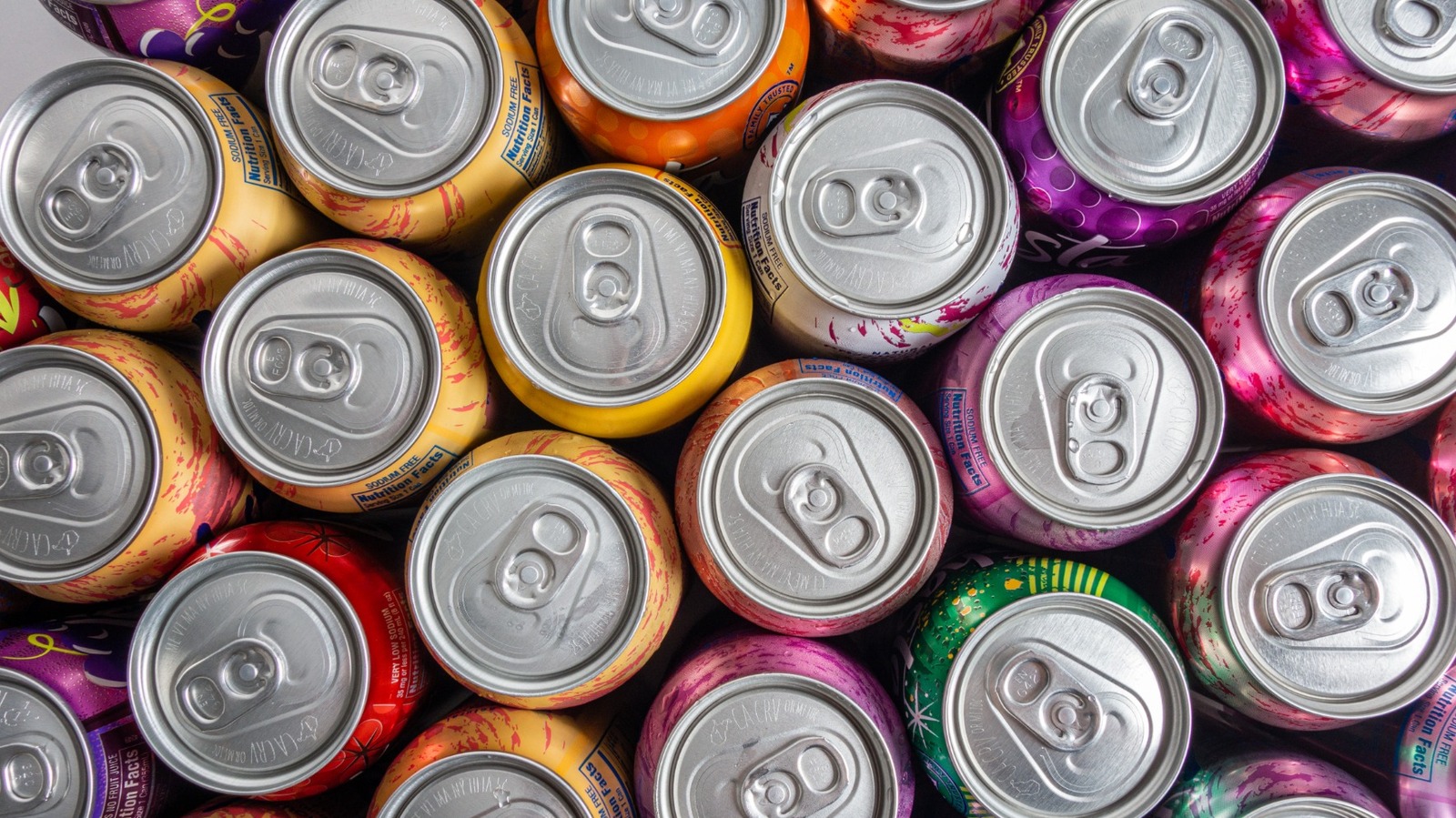
"Cans of the soda featured subdued art by Daniel Clowes, creator of the "Ghost World" comic, as well as other indie artists of the zeitgeist. They were aiming for a starkly Gen X aesthetic and feeling, where the fake enthusiasm of a traditional Coca-Cola commercial was supplanted by the advertising equivalent of a shrug. The soda was okay. It wasn't amazing. You didn't have to care about it. It was fine. Whatever. One marketing exec said they chose the name "OK" because "it underpromises.""
"Coca-Cola was trying to lure in consumers by ironically criticizing traditional advertising as superficial and manipulative. The OK Soda ads were subverting ads, using cynicism to try to sell the product. The idea was conceived by the same man who created the ad campaign for one of history's worst marketing flops: New Coke. He built the campaign around the belief that young people were not only used to being manipulated, but they knew it was happening."
Carbonated drinks have evolved since pharmacists began adding flavors in the 19th century, and numerous cola brands have competed alongside Coca-Cola and Pepsi. Coca-Cola launched OK Soda with a deliberately underwhelming name based on market research showing "OK" was extremely recognizable. Cans featured subdued art by Daniel Clowes and other indie artists and targeted a stark Gen X aesthetic that replaced manufactured enthusiasm with indifferent shrugging. Marketing positioned the soda through ironic, cynical ads that criticized traditional advertising; the campaign was built by the same person behind New Coke. The product failed due to mediocre taste and a concept that failed to connect with consumers.
Read at Tasting Table
Unable to calculate read time
Collection
[
|
...
]